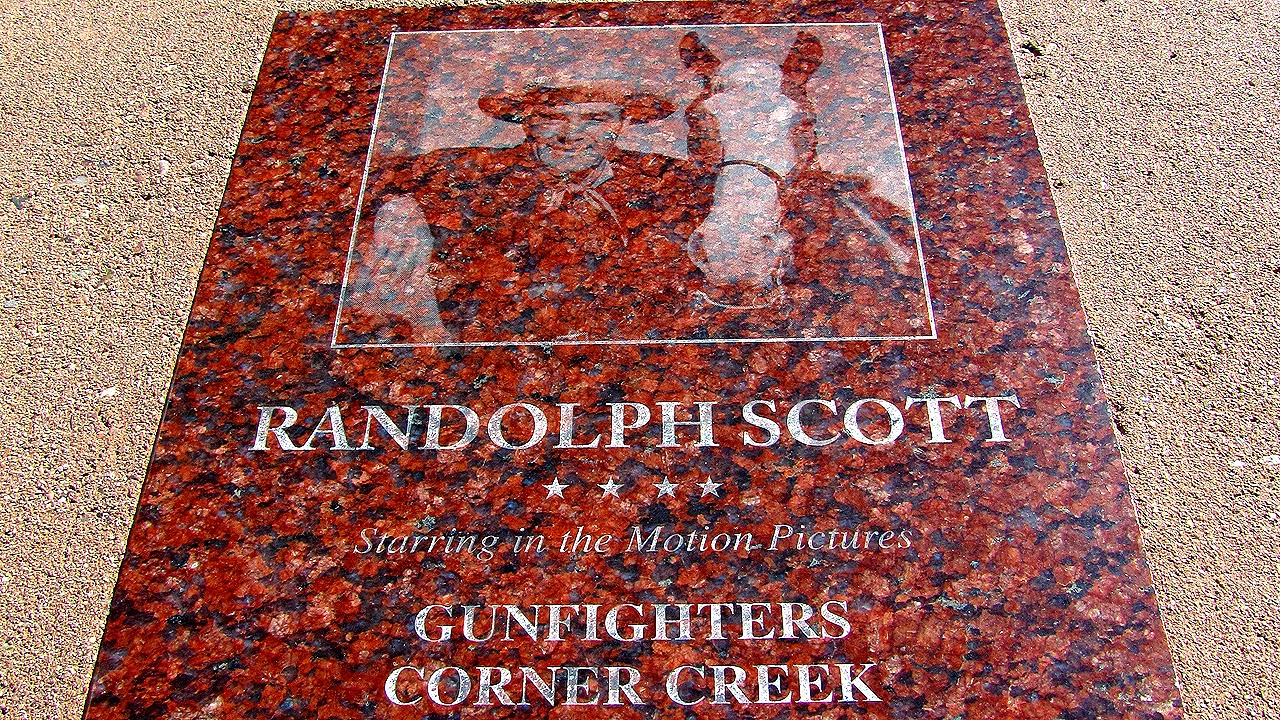
On each of my visits to New York City, I have made a point of getting out on the water and examining the city from a different perspective than most visitors enjoy.
This has involved joining Circle Line Cruises that
either circumnavigate the whole island of Manhattan, or by joining the
wonderful Hidden Harbor Tours that explore parts of the lower New York harbor that very few people, visitors or New
Yorkers, ever get to see up close. The three cruises/tours listed below are all
aboard the beautiful replica 1920s style yacht, Manhattan. The tours are run by Classic Harbor Line, and depart from Pier 62, at the Chelsea Piers.
New York City Bridges, Infrastructure and Architecture tour
New York City Bridges, Infrastructure and Architecture tour
This weekend sees one of those on water excursions taking
place under the auspices of the New York chapter of the American Institute of
Architects (AIANY): the New York City Bridges, Infrastructure and
Architecture tour.
On Saturday, March 29th, 2014, the AIANY will be sailing
under all 18 bridges that link Manhattan to each of the other four city
boroughs. John Kriskiewicz, a professor of Architecture and City Planning, will
provide informed and relevant historical details and information about each of
the 18 bridges, as well as other commentary throughout the tour. To quote from
the email I received:
“Step aboard the luxurious yacht Manhattan for a full round-Manhattan cruise that takes an in depth look at the engineering marvels of New York City's fantastic, historic and wildly different bridges, tunnels, infrastructure and mass transit feats! Tour includes content on city planning, Robert Moses, housing and architecture as well!
Being low to the water and designed for comfort and small groups, guests are sure to have excellent views and photo opportunities. There is room for all in our elegantly appointed, cushioned and climate-controlled observatory, or guests may enjoy the outer teak decks when weather permits.”
If you are unable to make it to this weekend’s tour, don’t
despair, the tours will continue right through until December 28, 2014. You can
view the full list of available dates and make your bookings here…
When: Saturday March 29th
$76 per person | Buy Tickets
DISCOUNT CODE: Use the online code EBLAST10 to
receive a $10 discount off the price of each ticket! NOTE: This code is only
good for the AIANY bridges tour this weekend (March 29, 2014). It does not apply to the two
tours listed below.
AIANY Lower Manhattan Boat Tour
 |
| The 1920s style yacht, Manhattan. |
If you can’t make it to one of the New York City Bridges,
Infrastructure and Architecture tours, you might want to join one of the
Lower Manhattan Architecture Tours which begin in April. Again, informed
commentary is provided by members of the American Institute of Architects'
(AIA) New York Chapter.
The information provided is general enough for the casual visitor,
yet detailed enough for the locals, design students and professionals! Again,
your craft will be the elegant 1920s style yacht, the Manhattan. Tour
participant will experience a comfortable and unique tour through the Hudson
and East Rivers from the climate-controlled and enclosed back-deck observatory
or (weather permitting), you can promenade on the outer decks for fresh air and
unobstructed views of the lower Manhattan skyline.
When: April 20-October 30, 2014.
$46 per person | Buy Tickets
NYC Sunset Cruise Champagne Sunset Cruise
For the romantically inclined, why not get out on the water
and experience a beautiful New York City sunset. You will also have a chance to
enjoy the illuminated cityscape during a comfortable and unique NYC Harbor
cruise along the Hudson and East Rivers. A full bar and specialty NY State
wines by the bottle are available for purchase aboard the Yacht Manhattan, and one
complimentary drink is also included.
Currently, tours are scheduled to take place from March
28-May 28, 2014. I would assume that more date will be added for the summer and
autumn months.
$52 per person | Buy Tickets.




